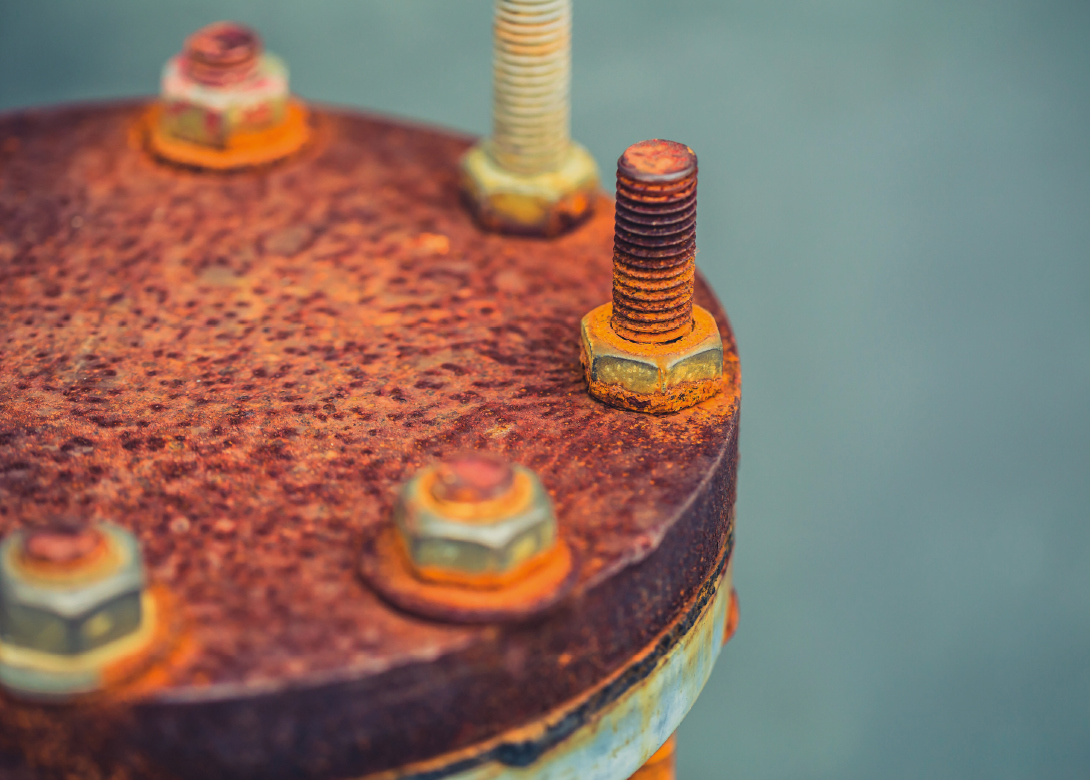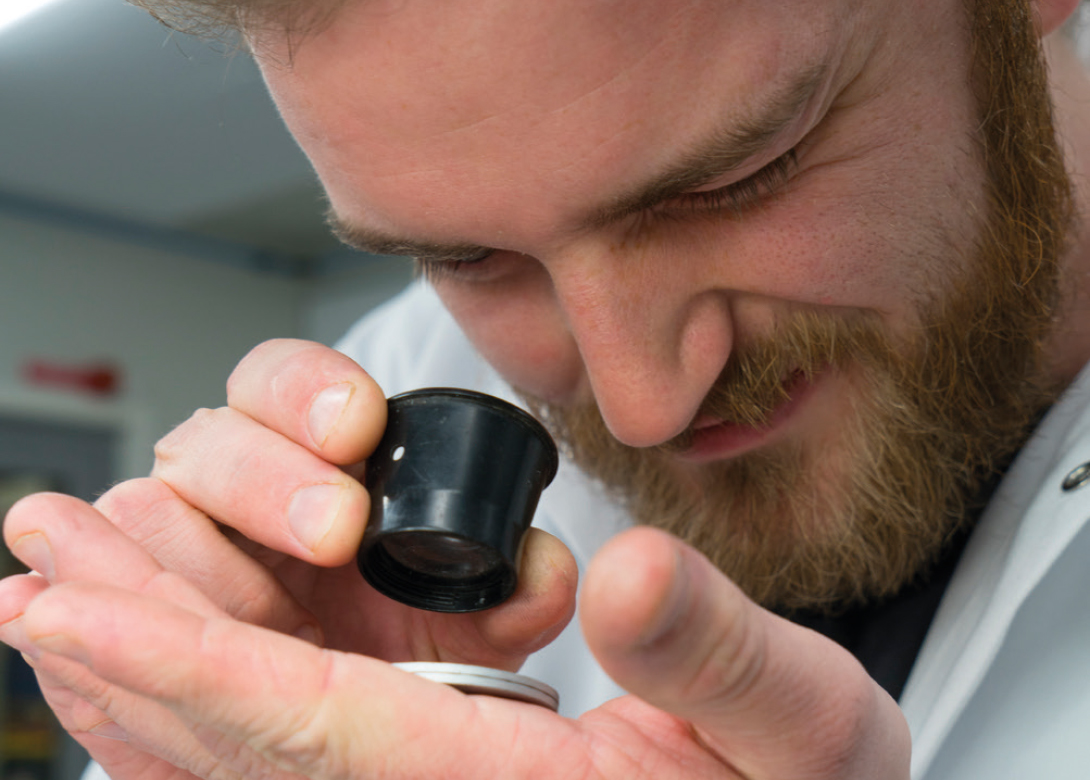
Thought corrosion was only about those unsightly patches of red oxide that plague steel and iron products in coastal areas and offshore applications? Think again.
Corrosion is present everywhere, and can occur in even the most bone dry, landlocked countries. Understandably, coastal and offshore applications are the ones most at risk, due to their exposure to salt water. However, corrosion isn’t limited to salt water exposure. Cleaning agents, high humidity and ‘dirty’ environments, like sewage and mining, all aggravate the corrosion process.
Corrosion can’t be avoided, only mitigated. The best form of ‘protection’ is to already factor in the impact of corrosion from the start of designing a product, ensuring the materials used for an application resist corrosion as much as possible. And more importantly, to make sure that the metals used don’t accelerate the corrosion process by reacting against each other – a phenomenon also known as galvanic corrosion.
Protecting products from corrosion
As a rule of thumb materials with a big difference in electrode potentials should not be combined. If, for example, copper and stainless steel alloys are coupled, a protective coating is needed to reduce corrosion. Aluminium alloys and copper shouldn’t be combined, especially where there is a higher pH due to the environment’s salinity.
Unawareness of these galvanic reactions can have devastating financial and safety effects, tarnishing a company’s image. A US oil refinery, for example, once suffered major failures from caustic cracking caused by corrosion, resulting in costs of around US$500 million.
Even though bolts are components in the construction process, they must also be designed with care. If they corrode, the larger structure or product will also fall apart. Therefore, fasteners must be dependable. Corroded fasteners not only result in metal loss and possible failure, but in case of high strength fasteners, cracking and sudden failure. Sometimes it is not practical to use corrosion resistant fasteners, or to use the same material of all parts in the joint, then other methods of corrosion mitigation, like coatings, cathodic protection or inhibitors must be used to protect them.
Coatings and other alternatives
Nord-Lock Group offers a wide range of products and services to provide safe bolted joints. It is aware of the problems that galvanic corrosion can create and often supplies customised products. According to Harlen Seow, technical manager at Nord-Lock APAC, choosing the right material and corrosion protection for the bolt is crucial: “Customers often don’t understand why we ask them so many questions about the materials they are using, and the environment their product will be used in. But we have to know all these details to supply the right products.”
The best selling product of Nord-Lock Group is a wedge-locking washer to prevent bolts from rotating loose. Nord-Lock offers the washers in five different materials from steel to advanced super alloys to make it easier for their customers to find the perfect fit for every application. The most common product is a
through hardened steel washer, coated with Delta Protekt® zinc flake coating. For stainless steel washers, the company recommends the washers in 254 SMO®, which is a very stable material that matches with A4 quality and can be used together with duplex stainless steels. Within Nord-Lock’s product range there are also washers made of Inconel® 718 for high temperature applications, as well as Hatelloy® C-276 for acidic environments.
Zinc flake coatings (such as Delta Protekt or Delta-Tone®) are currently the most popular protection for steel bolts and washers. These coatings are applied like paint, and then baked to create a barrier; if more layers are added, they also act as a friction-proof coating. Other options include Teflon coatings and hot dip galvanising.
“There are a few simple rules to follow if you would like to mitigate corrosion in a bolted connection. But please remember, corrosion cannot be avoided only mitigated so do not forget to make regular inspections.
If you face some real life engineering challenges or have any other questions, please contact us at info@nord-lock.com.”

How to design against corrosion:
+ Analyse the corrosive environment and requirements.
+ Choose materials that have sufficient corrosion resistance(and similar galvanic potential).
+ Avoid geometrical shapes that collect water and dirt, create stress risers, cause erosion, etc.
+ Choose a suitable corrosion protection method (surface coatings, cathodic protection, direct currents, etc).
+ Define requirements, e.g the ISO 9227 salt spray corrosion test, the ASTM G48 electrochemical corrosion test for stainless steel,
or the ISO 12944 corrosion classes for environments.

Having spent a decade in the fastener industry experiencing every facet – from steel mills, fastener manufacturers, wholesalers, distributors, as well as machinery builders and plating + coating companies, Claire has developed an in-depth knowledge of all things fasteners.
Alongside visiting numerous companies, exhibitions and conferences around the world, Claire has also interviewed high profile figures – focusing on key topics impacting the sector and making sure readers stay up to date with the latest developments within the industry.
Don't have an account? Sign Up
Signing up to Fastener + Fixing Magazine enables you to manage your account details.